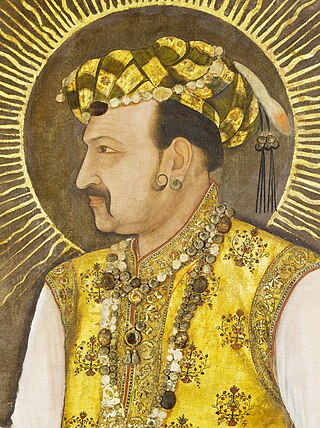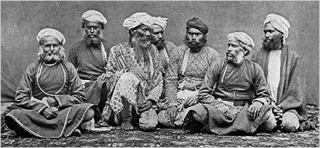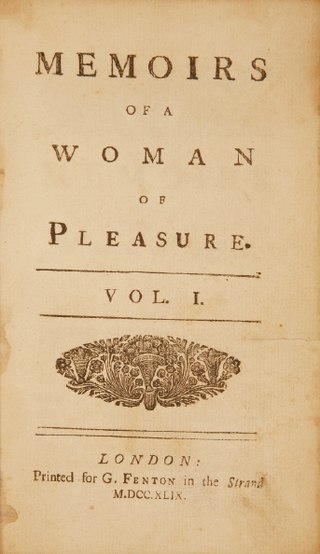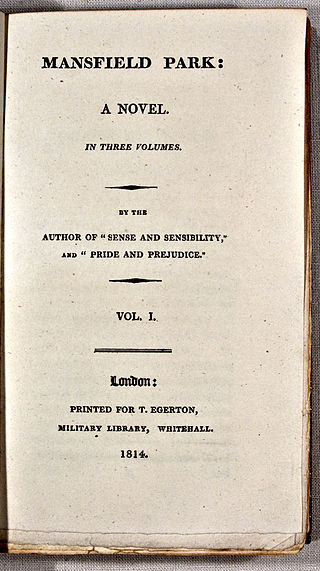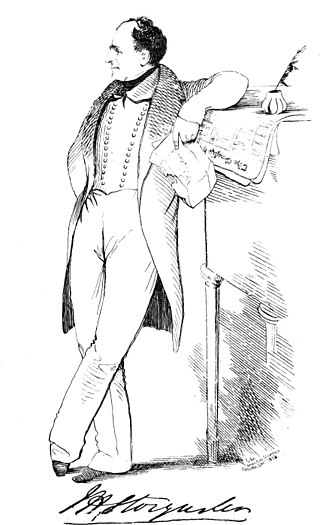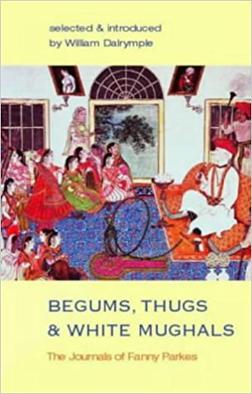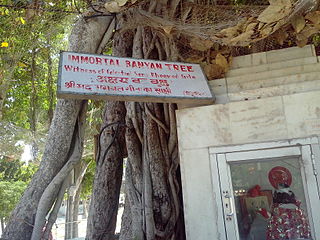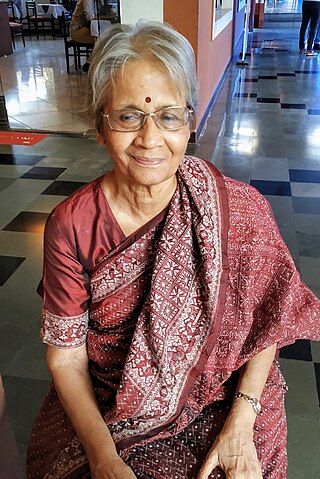Travel writing

Fanny lived in India between 1822 and 1846, with a break in England and Cape Town 1839–1844. [7]
Parkes began living in Calcutta in 1822, before moving to Allahabad ten years later due to her husband's posting.[ citation needed ] Parks wrote two volumes on her time travelling through India on horseback and befriending people around her, while learning Persian, Hindustani and Urdu.[ citation needed ] Her detailed memoirs, written in a lively style, reveal independence of mind. Parkes allows an affectionate pre-colonial perspective of northern India and its peoples and customs, recording changes in Britain's governing of India, the economic impact of such policies, and domestic problems in Indian society. People she encountered included wealthy socialites and famine-stricken residents of Kanauj, seen on a trip over mountains from Landour to Simla. Parks' narrative reflects admiration and respect for the richness of Indian culture. It includes a glossary of terms and a collection of translated Indian proverbs.[ citation needed ]
Some of Parkes's writings cover topics that were controversial at the time. One of the extreme examples was the murder of a woman in sati by those who felt that male heirs were more entitled to her possessions.[ citation needed ] Parks condemned the event and went on to criticize the laws governing married women in England. Parks also protested about a plan to sell the Taj Mahal, which she compared to Westminster Abbey. Clashing with the lack of respect for Indian culture commonly found in Europe, she described natural beauty in Delhi and Benares, and fascinating dress and cuisine. In one of her last entries, she described feeling disenchanted with Europe after leaving India.[ citation needed ]
The memoirs were published as Wanderings of a Pilgrim in Search of the Picturesque during four and twenty years in the East with Revelations of Life in the Zenana (Pelham Richardson, 1850). William Dalrymple rediscovered and edited this travelogue as Begums, Thugs & Englishmen. The Journals of Fanny Parkes (Penguin Publishers). Iris Portal referred to Parks as a "kindred spirit" because of her curious writing style and the fact that her book expresses an open-minded approach to Indian customs.[ citation needed ]
In 1851 she invested money, organised and wrote the catalogue of the "Grand moving diorama of Hindostan, from Fort William, Bengal, to Gangoutri in the Himalaya", which was displayed at the "Asiatic Gallery, Baker Street Bazar, Portman Square. It was so popular that it was also shown in Hull in 1853. [8] [9] [10]
